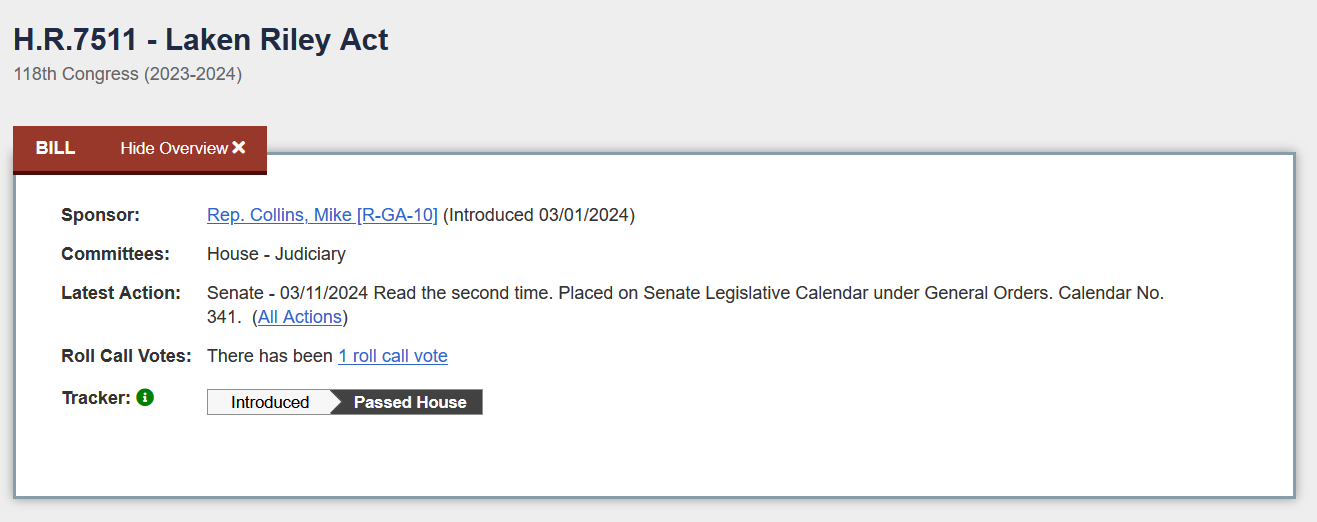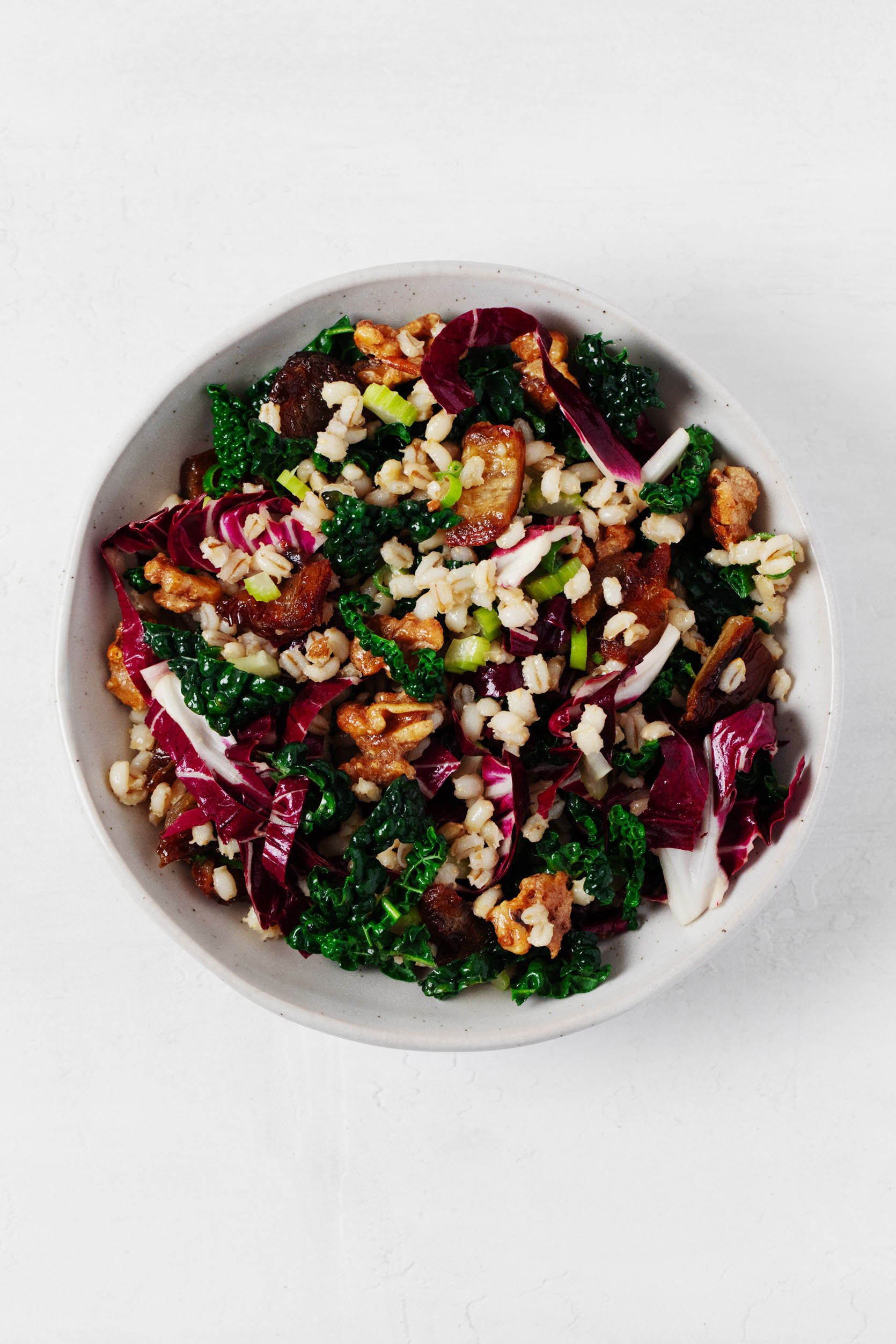Why We Need to Share Care, Appreciation, Kindness and Empathy (CAKE) in our Classrooms
We often hear from our colleagues that our students are not resilient, they are difficult, they seem to always have excuses, and often need us to make rather unreasonable adjustments.

We often hear from our colleagues that our students are not resilient, they are difficult, they seem to always have excuses, and often need us to make rather unreasonable adjustments. Let’s look at this situation slightly differently. Many of our undergraduate students were born during the time of a recession when anxiety may have been woven into the fabric of their upbringing. Our students have also lived through a pandemic during their formative years. Some students may have never had role models who showed them how to effectively manage challenges. All these factors combined may have led to elevated stress levels, emotional numbing, or a lack of empathy as a form of self-protection, and consequently amplified mental health challenges.
Rather than making students feel inadequate, we are proposing educators engage in classroom practices grounded in Care, Appreciation, Kindness, and Empathy (CAKE).
Care
A caring teacher of any subject attends to the learners’ expressed needs over the assumed needs of the institutions. Care requires a level of trust between the carer and cared-for in order to create and sustain relational engagement and meaningful interactions (Noddings, 2012). To implement the first piece of CAKE, care, we suggest an instructor take some time to implement this strategy.
Care Through Acknowledging Students’ Strengths
Explicit communication and constant reminders about your care for your students help them understand your intention that you care about them as humans. One of the many ways to show you care about them is to make them aware of their strengths and diverse assets they bring to the class. This can be done through a ‘palm activity’. Here are the step-by-step instructions:
- Place your palm upside down (fingers widespread) on a large piece of paper.
- Trace boundaries around your fingers and palm to create an outline of your hand. Instructors can provide sheets with an outline of a blank hand/palm or ask students to use the drawing function on their device as an option.
- Ask students to think about at least five words that describe their strengths and write one word on each finger.
- Encourage students to share their strengths with their peers (and/or class) using full sentences (e.g., “I am joyful”, or “I find joy in everyday things …, or “I love to make music”, or “I am a voracious reader,” etc.).
- Have students continue to add to the list throughout the semester.
- Have students reflect on their strengths, complement each other during group work and other collaborative efforts.
- Towards the end of the semester, ask students how acknowledging and recognizing strengths of their own and others made them feel.
Appreciation
Appreciation goes beyond recognition and is well-meaning shows that we want to know a person and see them wholly. If individuals, including our students and colleagues, do not feel appreciated, their self-worth, loyalty, and many forms of participation in various environments may be diminished or lost. Haller (2019) describes appreciation as a sincere expression of gratitude for another human being with whom they have a personal relationship.
Appreciation Notes
To practice appreciation in the classroom, you can do the following:
- On a note card, instruct students to write a note of appreciation to a person they deeply care about without addressing them by name. (In the digital space you could use Padlet or Zoom Whiteboard.)
- In an in-person class, tell students to get up and swap their notecard with another person and then again, a couple more times. They will not know whose card they have. In the virtual setting, students submit the notes all simultaneously to the Zoom Whiteboard, Padlet, or Zoom chat and hit send at the same time. Give students time to first read these on their own.
- Ask students to read a few notes aloud.
- You may ask students to share how they feel and what they experience when they read or hear these notes of appreciation.
Kindness
Our society, including educational settings, is often driven by personal gain and self-interest, which can lead to a lack of and focus on kindness. Kindness is “characterized by the presence of respect, understanding, and emotional support” (Wibowo & Ayriza, 2023) and involves emotions and cognitions within the self that are tender and generous toward another without an emphasis on expecting anything in return. Random acts of kindness can change our outlook on life, reduce our stress levels as educators and students, and positively impact our and our students’ well-being and engagement.
Loving Kindness through Journal Entries and Reflection Cards
Inspired by Tasha Ann Ausman’s journey with loving kindness and dialogue in mathematical classrooms (Ausman, 2019), we propose the following kindness practice:
- Explain to students the activity’s purpose: to share their feelings and thoughts and ensure their voices are heard and valued.
- Distribute journal entries or reflection cards and ask students to use pictures and vignettes to describe their identities (both as students and in relation to the area/class.
- Offer optional prompts for students who may need help articulating their thoughts:
- I wish my teacher knew that…
- A moment when I felt supported was when…
- A moment I felt I belonged was when…
- When I think about myself as a student, I think…
- Clearly communicate how these reflections will be used (some students might share confidential personal experiences).
- Based on confidentiality and your goals, you can build on this practice by:
- Allowing students to exchange reflection cards anonymously and read them aloud
- Asking students to share their reflections in small groups
- Using students’ journal entries to guide your classroom norms, making small acts of kindness, and fostering belonging in your classroom.
Empathy
Empathy, the concern for others (emotional empathy) and perspective taking (cognitive empathy) has decreased by 40% between 1979 and 2009 in college students in the U.S., yet it appears that empathy changes with interpersonal interactions, particularly loneliness (Konrath, Maringano, Davis, Breithaupt, 2023). Higher loneliness may motivate students to reach out to others more empathically. Given that there is a loneliness crisis (Murthy, 2020) in America, bringing empathy to the classroom may help alleviate disconnect and alienation, which many students may have also experienced during the pandemic.
Stories are a great way to connect people to one another, to practice perspective taking and emotional empathy. Why not start your class with a story?
Storytelling to Practice Empathy
- Read or have several students read portions of Gate A-4 out loud.
- Ask students to journal about a time they felt like the woman in the story. Alternatively, use a polling tool that helps create word clouds to share one word that describes how the woman felt at the Albuquerque airport.
- If students are comfortable, have them share if, where, how they felt putting themselves into the woman at the airport.
- Students can also write a journal entry from the woman’s experience after she was reunited with her family.
Bringing All Pieces of CAKE Together
We encourage educators to thoughtfully weave the principles of Care, Appreciation, Kindness, and Empathy into their teaching practices. These key elements (pieces) of CAKE complement each other, creating a more holistic and inclusive learning environment. We have shared a selection of our CAKE practices that have worked for us in our own instructional settings and at times we have even enjoyed actual cake with our students. We would like to motivate you to explore variations of these practices, discover stories of empathy that inspire you to tailor to your instructional needs. Remember, it is often the small, thoughtful actions practiced consistently that leave the deepest impact on your students, fostering their learning and sense of belonging. And most importantly, don’t forget to include yourself in practicing CAKE or enjoy a piece of cake (for that matter) – because we care about you and you should, too!
Dr. Stefanie Baier is the Director of Graduate Student and Postdoc Instructional Development at the Graduate Educator Advancement and Teaching (GREAT) Office at the Graduate School at Michigan State University. She leads graduate teaching assistant professional development, facilitates workshops on DEI, critical pedagogies, mindfulness, and research student success factors and pedagogical practices, and assesses teaching professional development.
Dr. Hima Rawal is a Postdoctoral Research Associate in the Graduate Educator Advancement and Teaching (GREAT) Office at Michigan State University Graduate School. With Dr. Stefanie Baier, Samara Chamoun and other fellow educators, she co-facilitates workshops on CAKE, equity-centered trauma-informed education, mindfulness and contemplative pedagogies, and more.
Samara Chamoun is a PhD candidate in the Department of Mathematics at Michigan State University. Besides her mathematical research in control theory, her educational research focuses on student success programs in introductory math courses, and compassionate and loving-kindness pedagogy and practices. She is part of the GREAT advisory group led by Dr. Stefanie Baier, where she engages in discussions about graduate educator development with Dr. Hima Rawal and other GREAT graduate educators.
References
Ausman, T. A. (2019). Renderings of Loving Kindness: Dialogic Engagements in the Mathematics Classroom. Journal of the Canadian Association for Curriculum Studies, 17(1), 28-46.
Haller, R. (2019). Das Wunder der Wertschaetzung (The Miracle of Appreciation). Graefe & Unzer.
Kezar, A., & Elrod, S. (2020). Taken for Granted: Improving the Culture of Celebration, Appreciation, and Recognition in Higher Education. Change: The Magazine of Higher Learning, 52(5), 29–36. https://doi.org/10.1080/00091383.2020.1807880
Konrath, S., Martingano, A. J., Davis, M., & Breithaupt, F. (2023). Empathy trends in American youth between 1979 and 2018: an update. Social Psychological and Personality Science, 19485506231218360.
Murthy, V. H. (2020). Together: Loneliness, health and what happens when we find connection. Profile Books.
Noddings, N. “The caring relation in teaching.” Oxford review of education 38, no. 6 (2012): 771-781.
Naomi Shihab Nye, “Gate A-4” from Honeybee. Copyright © 2008 by Naomi Shihab Nye. Reprinted with permission. https://poets.org/poem/gate-4



















 - PoC Released.webp?#)









_full.jpg)










































